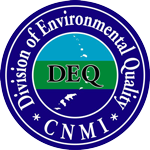
Hafa Adai and Tirow! Welcome to the Division of Environmental Quality - Bureau of Environmental and Coastal Quality website.
Site Assessment and Remediation Branch
BECQ-DEQ’s Site Assessment and Remediation ("SAR") branch protects the CNMI public health and the environment by ensuring the assessment and cleanup of sites contaminated by the release of hazardous substances are conducted effectively and diligently in accordance with CNMI and Federal laws and regulations.
The SAR branch is responsible for managing and implementing the following programs:
- 128(a) Brownfields: Section 128(a) of the Comprehensive Environmental Response, Compensation, and Liability Act ("CERCLA"), as amended, authorizes a noncompetitive $50 million grant program to establish and enhance state and tribal response programs. CERCLA section 128(a) response program grants are funded with categorical State and Tribal Assistance Grant ("STAG") appropriations. Section 128(a) cooperative agreements are awarded and administered by the EPA regional offices. Generally, these response programs address the assessment, cleanup, and redevelopment of brownfields sites and other sites with actual or perceived contamination. (https://www.epa.gov)
- 104(k) Brownfields (Hazardous Substances & Petroleum): Assessment grants provide funding for a grant recipient to inventory, characterize, assess, and conduct planning and community involvement related to brownfields sites. An eligible entity may apply for up to $200,000 to assess a site contaminated by hazardous substances, pollutants, or contaminants (including hazardous substances co-mingled with petroleum) and up to $200,000 to address a site contaminated by petroleum.
- Site Assessment Request Form: Do you have a site you think might be which is complicated by the presence, potential presence or perceived presence of a hazardous substance? If so, you can fill out the "Site Assessment Request Form and Consent for Access to Property Form" and submit it to our BECQ Office. Note that this is for Site Assessment purposes, and depending on eligibility of the site (you must not be the responsible party for the contamination), assessments can be performed if site is eligible and approved by EPA. If you have any questions, feel free to call us at 664-8534/8506 or by email (information is provided in the form).
- Formerly Used Defense Sites (FUDS) Program: The U.S. Army is DOD’s lead agent for the FUDS Program. The U.S. Army Corps of Engineers executes the FUDS Program on behalf of the U.S. Army and DOD. The U.S. Army and DOD are dedicated to protecting human health and the environment by investigating and, if required, cleaning up potential contamination or munitions that may remain on these properties from past DOD activities. (USACE)
Formerly Used Defense Sites

Former Tanapag Fuel Farm Removal Action, 2018
The Formerly Used Defense Sites (FUDS) Program is focused on the assessment and cleanup of contaminated sites that were utilized as sites for training military personnel, and testing of new weapons to ensure military readiness. However, over time these former military used sites were later returned back to public and private uses. The Department of Defense (DOD) is now responsible for the investigation and environmental restoration (cleanup) of properties that were formerly owned by, leased to or otherwise possessed by the United States, with the U.S. Army Corps of Engineers spearheading the FUDS program.
With the CNMI being heavily involved during World War II, the islands have been utilized as defense sites. As part of the FUDS program, U.S. Army Corps of Engineers works with DEQ providing oversight during all remedial actions.
For more information regarding the "Formerly Used Defense Sites" (FUDS) Program, you can also check out the U.S. Army Corp of Engineers website.
3Rs' of Explosives Safety
As the CNMI served as a battleground throughout World War II, so much military munitions were left behind after the end of World War II, and till this day, military munitions are still being discovered and unearthed around the islands. As a way to spread awareness on the Explosives Safety and educating the community on what to do when coming across military munitions, we encourage the community to follow the "3Rs' of Explosives Safety". In addition, the "3Rs' of Explosives Safety" are made readily available at the Department of Defense website.
What are munitions? Munitions are designed to be dangerous. Military personnel use our lands and waters across the United States for live-fire training and testing to defend our nation. As a result, ammo may be present on both land and in the water. No matter what you call it — ammo, explosives, UXO, duds or souvenirs — remember munitions are dangerous and can explode if approached, touched, moved or disturbed. By learning and following the 3Rs (Recognize, Retreat, Report) of Explosives Safety, you will help protect yourself, your family, friends and community from the potential dangers associated with the presence of munitions.
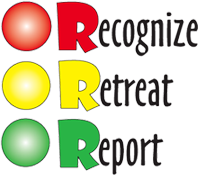
- Recognize – when you may have come across a munition, and that munitions are dangerous;
- Retreat – do not approach, touch, move, or disturb a suspect munition, but carefully leave the area; and
- Report – immediately what you saw and where you saw it to local law enforcement – call 911.
Please protect yourself, friends, family and the whole community by sharing the 3Rs' of Explosives Safety, "RECOGNIZE, RETREAT, REPORT".
Public Record: For more information regarding previous Remedial Action Projects done on Formerly Used Defense Sites (FUDS), please check out the Public Record. (http://cnmideqpublicrecord.weebly.com).
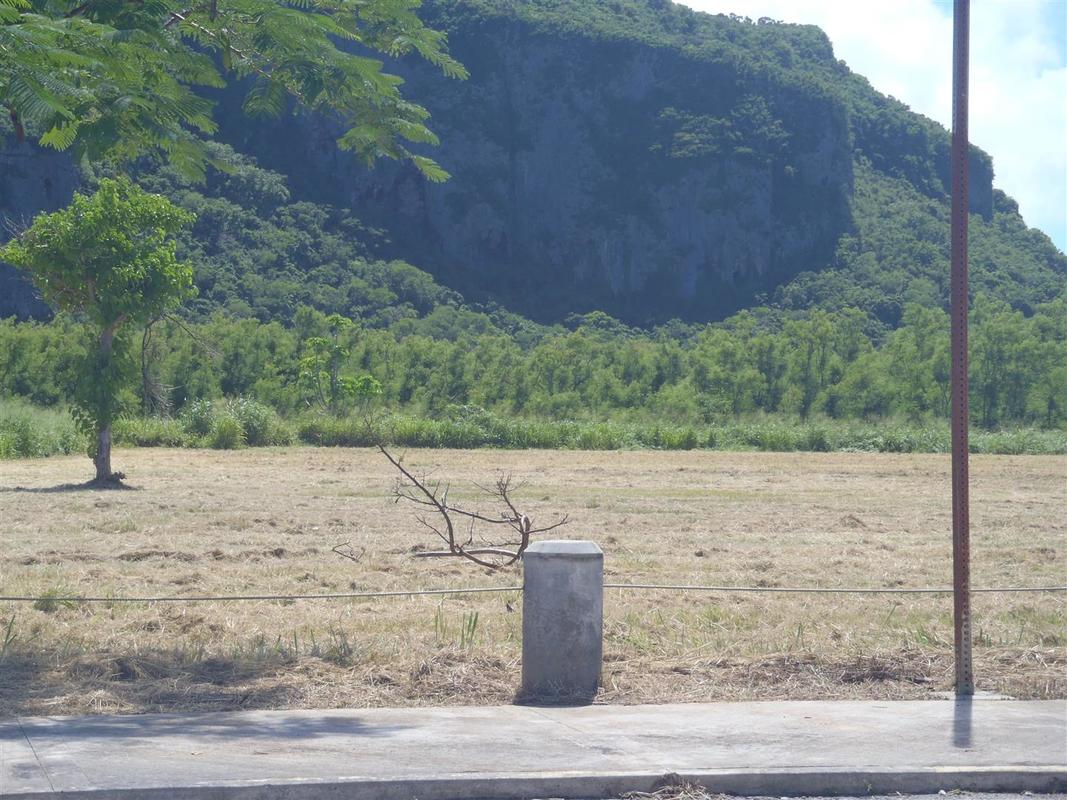
MARPI POINT FIELD
Marpi Point Field (RI/FS),
ONGOING: 2015-Present
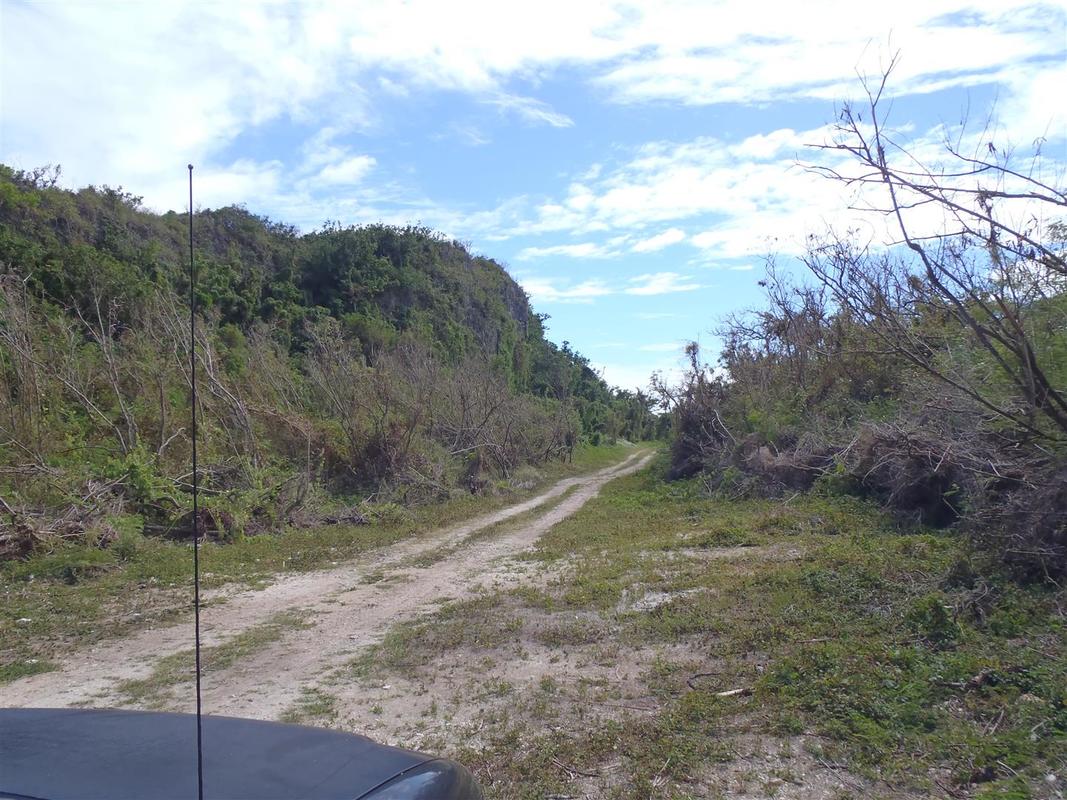
NAFTAN ORDNANCE DISPOSAL / NAFTAN BOMB STORAGE
NOD/NBS: Remedial Investigation/Feasibility Study,
ONGOING: 2015-Present
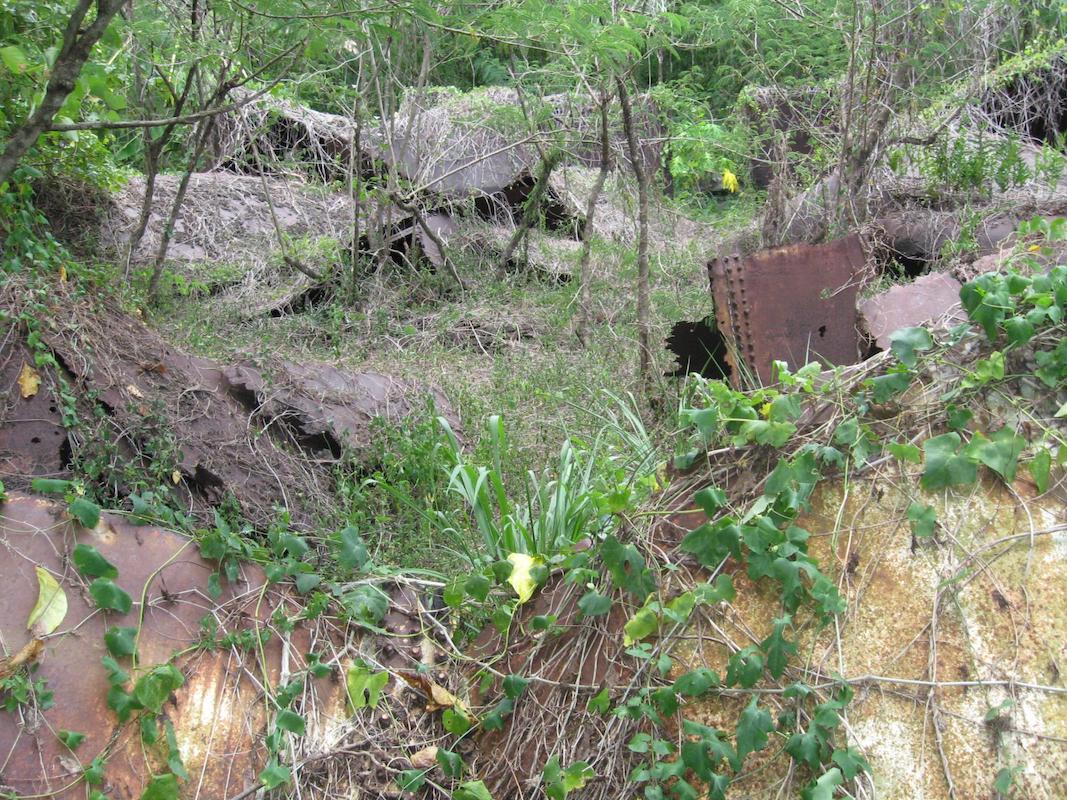
TANAPAG FUEL FARM
Tanapag Fuel Farm Removal (6 AST),
COMPLETED
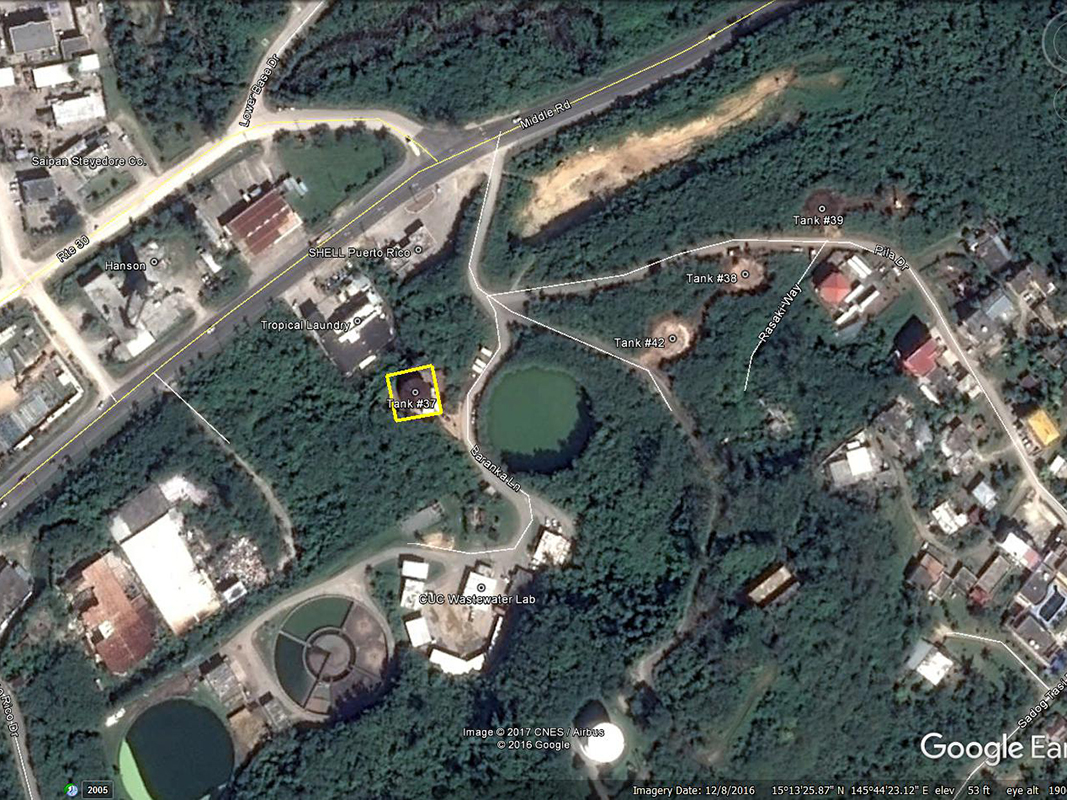
TANAPAG FUEL FARM
Tanapag Fuel Farm Removal (17 AST),
ONGOING: 2016-Present
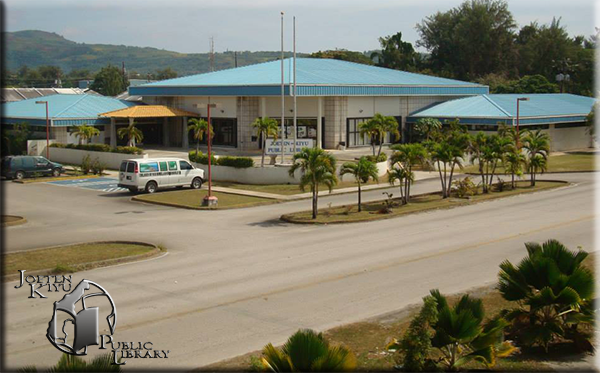
Public Records
The CNMI Bureau of Environmental & Coastal Quality (BECQ) received Brownfields 128a funding from the United States Environmental Protection Agency (EPA) since 2004 for the development and enhancement of the BECQ-DEQ Brownfields Program or CNMI State Response Program.
One element required under the Brownfields 128a funding is the development and maintenance of a Public Record for the CNMI State Response Program. The EPA’s goal is to enable states and tribes to make the public record easily accessible to the public via the internet or other means. The CNMI Public Record is accessible to the public on the BECQ website and in hard-copy versions at the Joeten-Kiyu Public Library (JKPL) and the Northern Marianas College Library.
As indicated above, the CNMI Public Record is accessible to the public via internet and also in hard-copy versions at the local public library, the Joeten Kiyu Public Library ("JKPL").
Joeten-Kiyu Public Library (www.marianaslibrary.org)
- Administrative Record Contact: Erlinda C. Naputi
- Beach Road and Insatto Street, Saipan, MP 96950
- (670) 235-7322 / 235-7329
The Public Record provides information for sites at which response actions have been completed, ongoing, or are planned. The Public Record must be maintained and updated at least annually or more often as appropriate, as sites are assessed or cleaned. Indentified in the Public Record are the site name, location, category, response action(s), land use restrictions, institutional controls, and other information pertinent to the site. Public Record sites include all sites in the CNMI that have been assessed, planned to be assessed, and cleaned. More detailed site information is available at the BECQ main office, from the respective program and response action performed. The sites in the Public Record will be organized by the year in which it was added to the Public Record, beginning with the year 2009.
To access the Public Record, please click on the link: http://cnmideqpublicrecord.weebly.com
CNMI Environmental Screening Levels
*Evaluation of Environmental Hazards at Sites with Contaminated Soil and Groundwater – Tropical Pacific Edition" is a technical report with accompanying electronic lookup tables and Environmental Screening Levels (ESLs) prepared for use in tropical areas outside of Hawaii, including Guam and the Commonwealth of the Mariana Islands. The title of the guidance was changed in 2016 from "Pacific Basin Edition" to "Tropical Pacific Edition" to emphasize the intended applicability of the included ESLs to tropical climate zones. The vapor intrusion screening levels, for example, assume warm, year-round temperatures and minimal to no heating of buildings. More conservative screening levels would be required for colder climates. Use of the guidance for environmental investigations should be discussed ahead of time with the overseeing regulatory agency. The most recent updates to the guidance are dated Summer 2016 (revisions made in November and December, 2016; refer to Updates worksheet in ESL Surfer). A summary of updates to the 2015 edition of the guidance is provided in the links below and in Volume 2, Appendix 8.
The Tropical Pacific edition of the EHE guidance follows similar guidance prepared by the Hawai‘i Department of Health (“Hawai‘i Edition”). A comparison of the two guidance documents is provided in Volume 1 of the document. The Hawai‘i guidance in particular makes default allowances for low-quality groundwater in pre-designated coastal zones, especially in highly developed and/or brackish, coastal areas of the islands. Drinking water standards are by law not applicable to these areas. Such default allowances may not be acceptable in other areas, however, where all groundwater is by default considered to be a potential source of drinking water that warrants a high degree of protection unless otherwise approved by the overseeing, regulatory agency (e.g., Guam).
The Tropical Pacific edition of the EHE guidance closely follows toxicity factors, water standards and other guidance published by the USEPA. Within the limitations noted in Volume 1 of the guidance, this helps make the Tropical Pacific edition of the EHE guidance more useful across a broad geographic area.
REFERENCES: HDOH, 2017, Evaluation of Environmental Hazards at Sites with Contaminated Soil and Groundwater - Tropical Pacific Edition (Fall 2017): prepared by Hawai‘i Department of Health, Hazard Evaluation and Emergency Response.
Tropical Pacific Environmental Hazard Evaluation (EHE) Guidance - Updated Fall 2017
The Tropical Pacific EHE and ESL guidance was updated in October 2017. The updates primarily reflect relatively revisions to physiochemical constants used to develop the 2017 USEPA Regional Screening Levels and new information on TPH risk. Refer to Appendix 8 in Volume 2 and the Updates worksheet of the ESL Surfer for details. Revisions to action levels for common contaminants are not expected to significantly alter the results of past site investigations or site investigations currently underway.
The EHE guidance should be used in conjunction with HEER Office Technical Guidance Manual, which provides information on site investigation design and implementation as well as a an overview of the EHE process. Note that the ESLs refer to U.S. Environmental Protection Agency (USEPA) Regional Screening Levels (RSLs) as one of numerous sources for soil, water and air screening levels. As stated in the USEPA RSL guidance User’s Manual, The USEPA RSLs cannot be used as a stand-alone tool to evaluate the need for additional actions at contaminated sites. The USEPA RSLs only address direct exposure of humans to contaminants in soil. Other potential environmental hazards, including leaching and impacts to groundwater, vapor intrusion and gross contamination, have been incorporated into the ESLs to allow for a more comprehensive review of contaminated properties without the need to assess these issues separately.
The EHE guidance and associated supplemental material can be downloaded from the below links. Try using another browser if you have problems downloading files with the browser you are currently using. The ESL Surfer file has an “Updates” page with a summary of updates. Comments and suggestions from the general public are welcome at any time. Updates will be posted to this website and notification sent to persons on the EAL/ESL mailing list. Workshops to present and discuss the ESLs will also be held periodically. Contact Roger Brewer with the Hawaii Dept of Health HEER Office to provide comments or be included on the mailing list for updates and workshop announcements (roger.brewer@doh.hawaii.gov).
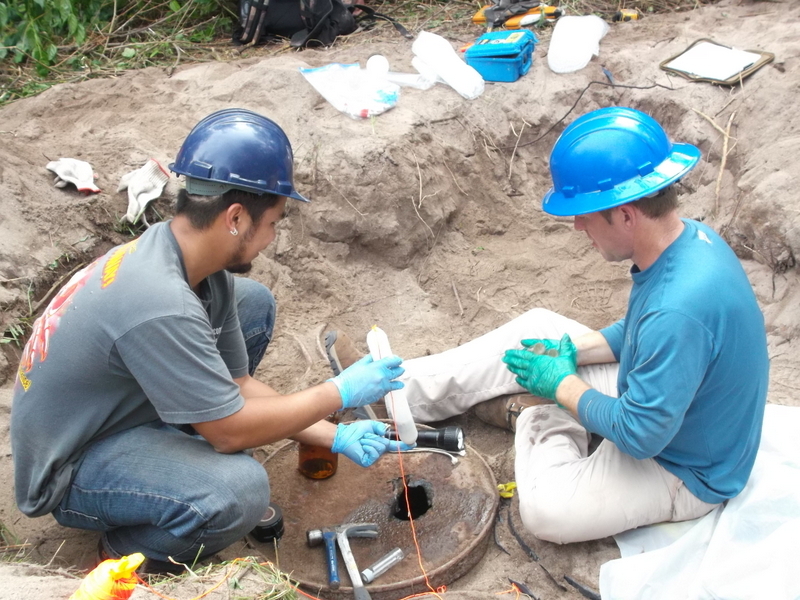
Supplemental Models and Guidance
The Environmental Screening Level (ESL) Surfer is a searchable, electronic version of the ESL lookup tables. Use of the ESL Surfer to screen site data and expedite preparation of EHE reports is highly recommended. The Surfer automatically generates a summary page that can be included in reports. The Surfer also includes a glossary, a summary of information on the chemical selected and an overview of options for more advanced evaluations of environmental hazards. To use the ESL Surfer you must have Excel 2003 or newer installed on you computer. Simply download the Surfer from the link below then double click on the file to open the program. If you have trouble using the pulldown menus on the Surfer then remove the write protection (under the Tools menu). The password to unprotect the Surfer worksheets is “ESL.” The ESL Surfer is revised on a regular basis to reflect updates to the lookup tables in the ESL document. Please periodically check this webpage to ensure that you have the most up-to-date edition available. (HDOH, 2017)
Note – The write-protect password for all Excel file worksheets is ESL.
For further information, please contact:
Commonwealth of the Northern Mariana Islands
-
Joshua C. Santos, Program Manager,
Site Assessment & Remediation
- P.O. Box 501304 C.K. Saipan, MP 96950-1304
- Telephone: 1-670-664-8500 E-mail:
Bureau of Environmental & Coastal Quality - Division of Environmental Quality
Hawai‘i
-
Roger C. Brewer, PhD, Senior Environmental Scientist,
Office of Hazard Evaluation and Emergency Response
- 2385 Waimano Home Rd, Pearl City, HI 96782
- Telephone: 1-808-586-4249 E-mail:
Hawai‘i State Department of Health
References
HDOH, 2017, Evaluation of Environmental Hazards at Sites with Contaminated Soil and Groundwater - Tropical Pacific Edition (Fall 2017): prepared by Hawai‘i Department of Health, Hazard Evaluation and Emergency Response.
USEPA, 2016, Screening Levels for Chemical Contaminants: U.S. Environmental Protection Agency, May 2016, prepared by Oak Ridge National Laboratories, www.epa.gov/region09/waste/sfund/prg.
Brownfields - 128a & 104k
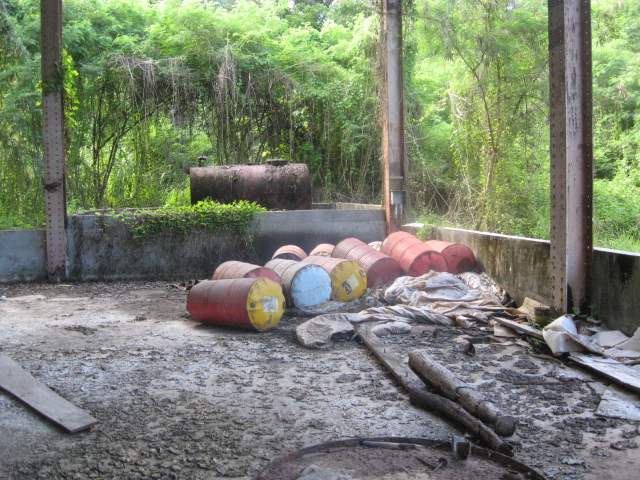
The United States Environmental Protection Agency (EPA) defines brownfield land as property where the reuse may be complicated by the presence of hazardous materials. Brownfields can be abandoned gas stations, dry cleaning establishments, factories, mills, or foundries.
At a smaller scale, they can be dry cleaners, vacant lots, or gas stations. Sites where contamination is merely perceived, and site conditions are unknown, are still considered brownfields.
What is a Brownfield?
With certain legal exclusions and additions, the term "brownfield site" means real property, the expansion, redevelopment, or reuse of which may be complicated by the presence or potential presence of a hazardous substance, pollutant, or contaminant.
Cleaning up and reinvesting in these properties protects the environment, reduces blight, and takes development pressures off greenspaces and working lands. (EPA)
The purpose of the Brownfields program is to clean up "areas which may have been complicated by the presence or potential presence of a pollutant, hazardous substance, or contaminant", in creating opportunity to reuse, redevelop on the land for future uses.
For everything regarding "Brownfields", its overview, definitions, and programs, jump to the link: https://www.epa.gov/brownfields/brownfield-overview-and-definition
The Commonwealth of the Northern Mariana Islands (CNMI) falls under the U.S. Environmental Protection Agency (EPA) Region 9 which covers the Arizona, California, Guam, Hawaii, and Nevada.
To see the locations of all current US EPA Region 9 Brownfield Grants, click on the link: https://www.epa.gov/sites/production/files/2015-08/documents/bf_grants_map_cities_7_15.pdf
REFERENCES: U.S. EPA (Environmental Protection Agency)
128(a) Brownfields
- Section 128(a) of the Comprehensive Environmental Response, Compensation, and Liability Act (CERCLA), as amended, authorizes a noncompetitive $50 million grant program to establish and enhance state and tribal response programs. CERCLA section 128(a) response program grants are funded with categorical State and Tribal Assistance Grant (STAG) appropriations. Section 128(a) cooperative agreements are awarded and administered by the EPA regional offices. Generally, these response programs address the assessment, cleanup, and redevelopment of brownfields sites and other sites with actual or perceived contamination. (https://www.epa.gov)
104(k) Brownfields (Hazardous Substances & Petroleum)
- Assessment grants provide funding for a grant recipient to inventory, characterize, assess, and conduct planning and community involvement related to brownfields sites. An eligible entity may apply for up to $200,000 to assess a site contaminated by hazardous substances, pollutants, or contaminants (including hazardous substances co-mingled with petroleum) and up to $200,000 to address a site contaminated by petroleum.
What is an Environmental Site Assessment?
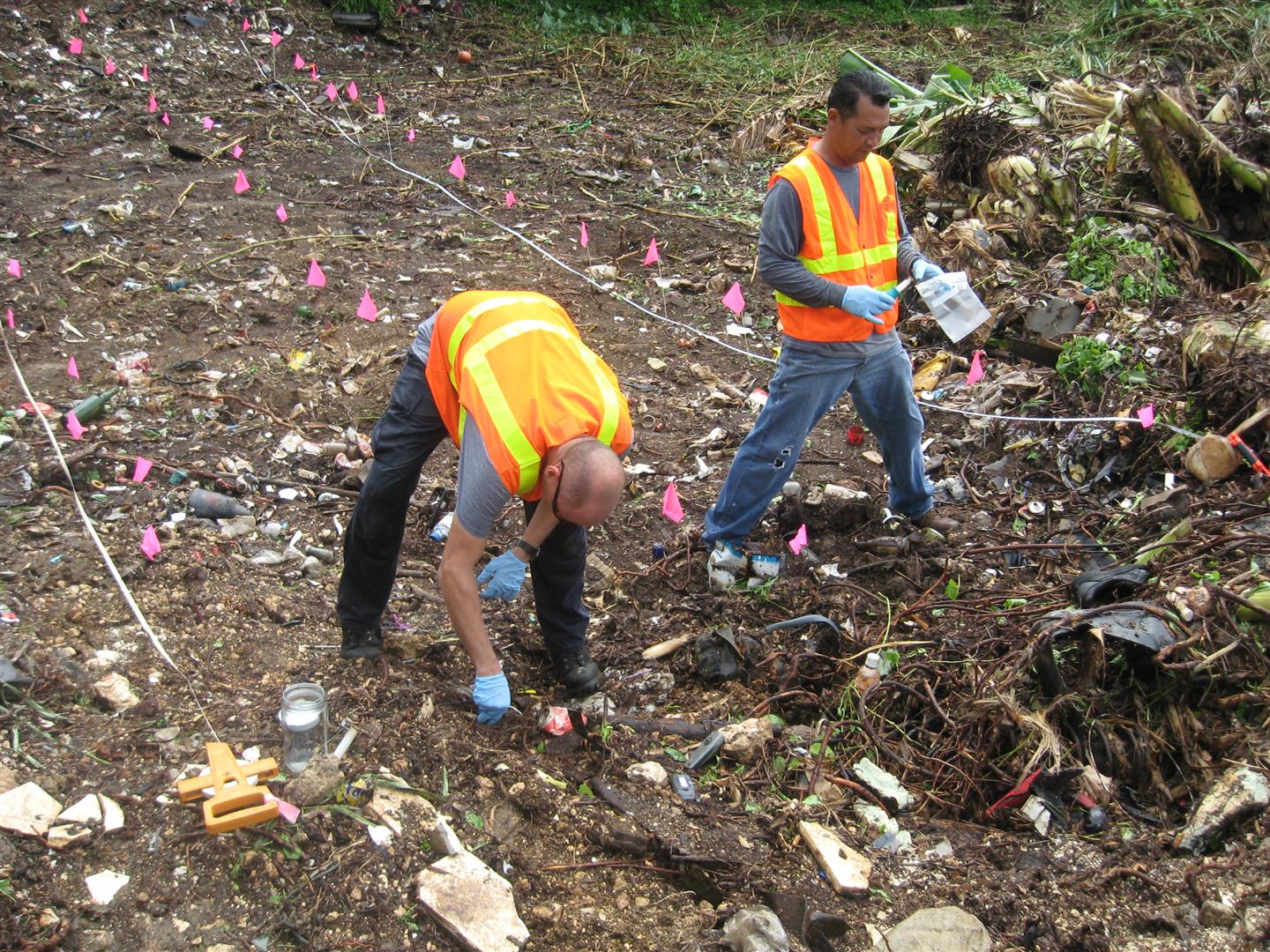
Soil sampling at Joenel's Auto Shop (Phase II ESA)
Some prospective investors may look for a commercial or private property to purchase, whether it be for economic use or simply to build a home. However, these properties may have been previously used for commercial and industrial purposes. Over time, not knowingly aware that the property may have been contaminated due to industrial operations in the past. With no knowledge of the environmental issues, Environmental Site Assessments (ESA) have been developed to look into those environmental issues that are associated with the property. Environmental Site Assessments can be very helpful in minimizing risks and costs when looking into a property to purchase. Environmental Site Assessments are done in two phases:
Phase I Environmental Site Assessment
- A Phase I ESA consists of non-intrusive site inspections and reviewing of records, and interviews with owners, local government officials, occupants and neighbors. These environmental site assessments are conducted by an Environmental Professional trained and knowledgeable of the appropriate standards established by the American Society for Testing and Materials (ASTM). In respect to the ASTM Standards, to ensure a quality assessment of the site, reviewing of records, interviews and site inspection are done over a period of time (30-60 Days). With the assessment done, this could determine whether there's contamination present at the site, and this would lead to conducting a Phase II ESA.
Phase II Environmental Site Assessment
-
A Phase I ESA has determined there is a potential contamination at
the site by hazardous substances and/or petroleum, this paves way
to a Phase II ESA. Since a Phase I ESA is non-intrusive, a Phase
II ESA is intrusive and involves sampling, analysis to confirm the
extent of the contamination and what type of contaminants are
present within the subject site. Some types of tests include the
following:
- Drum sampling;
- Soil sampling;
- Groundwater monitoring;
- Water samples
- With the various types of tests, and depending on the results from laboratory analysis, this can determine the remedial actions to clean up the contaminated property. After a cleanup action has been done, confirmation sampling is taken at the site again to determine whether the contamination is below the "Tropical Pacific Environmental Screening Levels" (TPESLs) and deemed safe.
Soil sampling at Joenel's Auto Shop (Phase II ESA)
Public Record
For more information regarding previous Phase I and II Environmental Site Assessments done on Brownfield sites contaminated by petroleum and/or hazardous substances, please check out the Public Record. http://cnmideqpublicrecord.weebly.com.
Success Stories: Managaha Island Cleanup Action (2014-2015)
The Bureau of Environmental and Coastal Quality announced Friday that the Managaha Island Cleanup and Restoration Project has been completed. The project was administered by BECQ and funded by a Brownfields grant from the U.S. Environmental Protection Agency.
On March 7, 2015, MegAnnum, Inc., a CNMI environmental contractor, completed the project and restored the excavation areas on Managaha Island with the removal of buried rusted drums and the discarding of marine batteries and pesticide-impacted soil. MegAnnum excavated approximately 42 cubic yards of suspect pesticide-impacted soil, 23 rusted drums, and 17 discarded marine batteries from two small areas on Managaha Island identified as the Mound A Site and the Battery Site. The materials were secured in 143 WasteAway® drum containers, transported to Saipan, and properly disposed of at the Marpi Landfill with the approval of the Department of Public Works.
Additionally, MegAnnum collected multi-increment soil samples from the Mound A Site excavation area and Battery Site excavation area. The soil samples were submitted for analysis to a USEPA-accredited commercial laboratory located in California. The laboratory results of all the soil samples were non-detect for the contaminant of concern.
MegAnnum recommended no further soil excavation, drum removal, or soil sampling activities at the Mound A Site and the Battery Site. The BECQ reviewed MegAnnum’s final report and the certified laboratory analytical results. A representative of the Department of Fish and Wildlife inspected the restored excavation areas and found them to be satisfactory for future turtle nesting. No unexploded ordnance was discovered during the excavation activities conducted by MegAnnum. The buried rusted drums removed were likely filled with sand and used as a former World War II Japanese defensive position during the war.
On April 9, 2015, the final meeting of stakeholders was held at the BECQ office and the stakeholders were fully satisfied with the results and final report of the project.
U.S. EPA State and Tribal Response Program Highlights
(EPA) Success story on the cleanup action of Managaha Island featured on EPA's State and Tribal Response Program Highlights for Region 9.
"Managaha cleanup and restoration is completed"
The Bureau of Environmental and Coastal Quality announced Friday that the Managaha Island Cleanup and Restoration Project has been completed. The project was administered by BECQ and funded by a Brownfields grant from the U.S. Environmental Protection Agency (Saipan Tribune).
BECQ Public Record: Managaha Island
Cleanup Action Project: Removal of Impacted Soils, Batteries, and Buried Drums
For more infomation on Managaha Island's Cleanup Action Project: Removal of Impacted Soils, Batteries, and Buried Drums, check the BECQ Public Record
The Site Assessment & Remediation Team
Part of SAR's responsibilities is to facilitate the coordination and provide oversight for site assessments and cleanup activities which includes reviewing and approving of remedial response action site plans (i.e. Sampling and Analysis Plan ("SAP"), Quality Assurance Project Plan ("QAPP"), etc.). For inquiries, you can contact our office at (670) 664-8500.
Site Assessment & Remediation(SAR) employees are
- Joshua Santos - Program Manager
- Anthony A. Castro - Environmental Specialist
- Inas Aldan - Environmental Technician